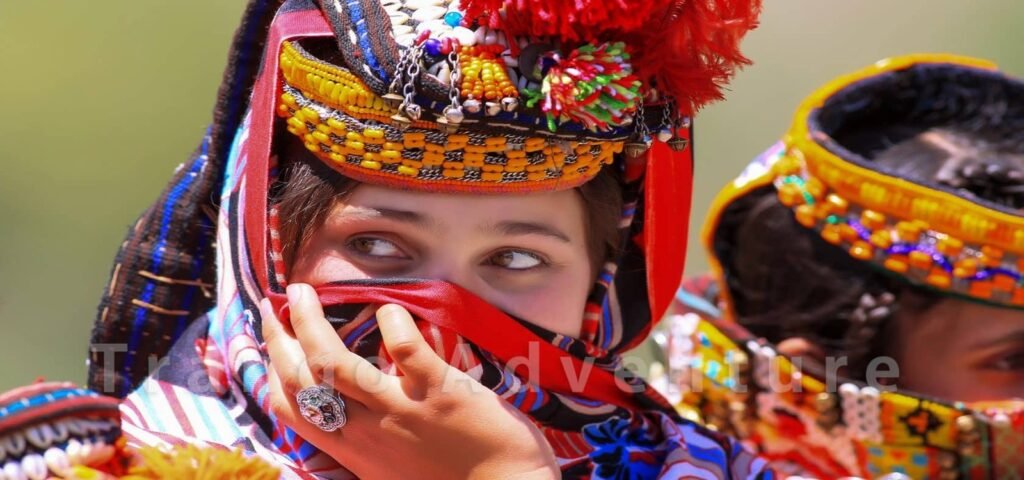Mountain Festivals: Celebrating Tradition and Adventure
Mountain festivals around the world embody a unique blend of cultural heritage, outdoor adventure, and community spirit. These gatherings not only celebrate local traditions but also showcase the natural beauty and allure of mountainous regions. From ancient rituals to modern-day festivities, mountain festivals offer a glimpse into the rich tapestry of human connection with high-altitude landscapes. This article delves into the diversity of mountain festivals globally, highlighting their significance, activities, and the profound impact they have on both locals and visitors alike.
Introduction
Mountains have always held a special place in human culture, revered for their majestic beauty and challenging terrain. Nestled within these peaks are communities that have thrived for centuries, each with its own customs and traditions deeply rooted in mountain life. The festivals celebrated in these regions provide a window into their cultural heritage, offering a chance to witness age-old rituals and practices that have survived the test of time.
The Cultural Tapestry of Mountain Festivals
1. Alpine Regions:
- Oktoberfest in Munich, Germany: While not exclusively a mountain festival, Oktoberfest kicks off in the foothills of the Bavarian Alps, surrounded by stunning landscapes.
- Almabtrieb in Austria: Celebrating the return of cattle from high-altitude summer pastures, marked by colorful parades and traditional costumes.
2. Himalayan Festivals:
- Hemis Festival in Ladakh, India: A Buddhist festival featuring masked dances, prayers, and rituals at the Hemis Monastery, set against the backdrop of the towering Himalayas.
- Mani Rimdu in Nepal: Held in the Khumbu region near Mount Everest, this festival combines Tibetan Buddhist ceremonies with traditional Sherpa culture.
3. Andean Celebrations:
- Inti Raymi in Peru: The Festival of the Sun, commemorating the Incan winter solstice with elaborate ceremonies at the historic site of Sacsayhuamán overlooking Cusco.
- Qoyllur Rit’i: A pilgrimage and festival in the Peruvian Andes, blending Catholic and indigenous traditions, honoring the Lord of Qoyllur Rit’i.
4. Japanese Mountain Festivals:
- Yama no Kami Matsuri: Celebrated in various regions across Japan, these festivals honor mountain deities with processions, music, and traditional performances.
- Yamaboko Matsuri in Kyoto: Featuring ornate floats and performances, this festival celebrates the city’s ancient ties to the surrounding mountains.
Adventure and Outdoor Activities
Beyond their cultural significance, mountain festivals are often hubs of outdoor adventure. Visitors can partake in activities such as:
- Mountain Trail Races: From ultra-marathons to shorter trail runs, these races challenge participants amidst breathtaking scenery.
- Rock Climbing Competitions: Showcasing local talent and international climbers tackling challenging routes.
- Paragliding and Hang Gliding Demonstrations: Taking advantage of mountainous thermals for breathtaking aerial displays.

Culinary Delights and Local Flavors
Mountain festivals are also opportunities to indulge in regional cuisine and traditional delicacies:
- Alpine Cheese Festivals: Celebrating local dairy products with tastings, workshops, and demonstrations on cheese-making.
- Seafood Festivals in Coastal Mountain Regions: Highlighting fresh catches and traditional seafood dishes unique to coastal mountain communities.
Sustainability and Conservation Efforts
Many mountain festivals are increasingly focused on sustainability and conservation, promoting responsible tourism practices and environmental stewardship:
- Educational Workshops and Talks: Addressing topics such as climate change, biodiversity conservation, and sustainable agriculture.
- Community Initiatives: Engaging local residents and visitors in clean-up drives, tree-planting initiatives, and habitat restoration projects.
Conclusion
Mountain festivals are more than just celebrations; they are reflections of a community’s identity, resilience, and connection to its natural surroundings. As these festivals continue to evolve, they serve as bridges between past traditions and future aspirations, inviting all who attend to experience the magic of mountains and the vibrant cultures that call them home.